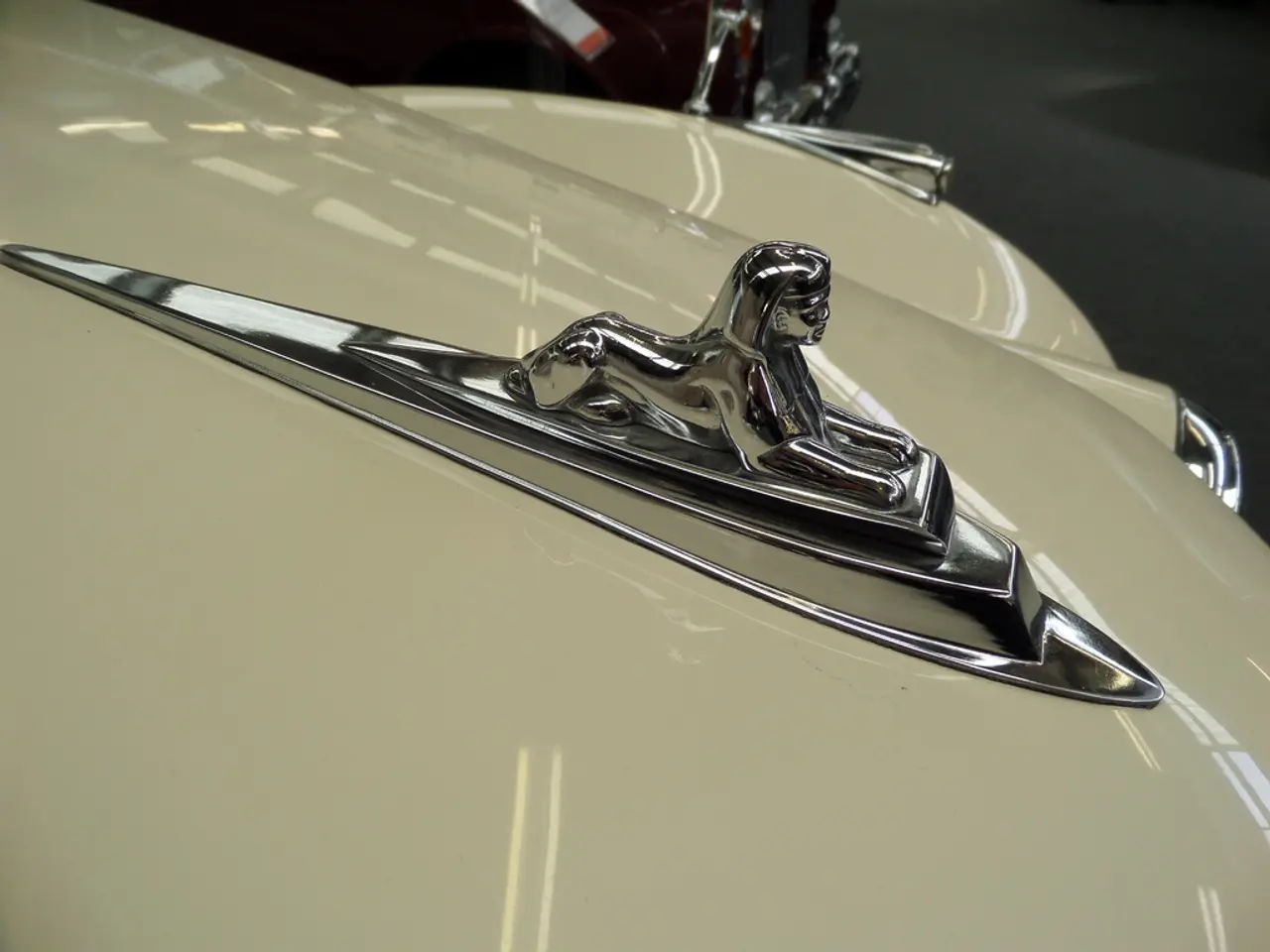Hyundai and General Motors Plan to Cooperate and Jointly Develop Vehicles Without Charge
The automotive industry is about to witness a significant shift as General Motors (GM) and Hyundai Motor Company have signed an agreement to collaborate on future projects. This partnership aims to reduce costs, bring a wider range of vehicles and technologies to customers faster, and leverage their combined scale to create more competitive products.
The collaboration will focus on the co-development and production of vehicles, with the partnership set to develop five new vehicles. Four of these vehicles are targeted at the Central and South American markets: a compact SUV, a compact car, a compact pickup truck, and a mid-size pickup truck. These vehicles will be available with both internal combustion and hybrid powertrains. Hyundai will lead the development of an electric commercial van for the North American market, with production slated to begin in the U.S. as early as 2028.
The first of these vehicles are expected to launch in 2028, with annual production projected to exceed 800,000 units once fully scaled. The collaboration involves joint sourcing initiatives for materials and logistics in North and South America, aiming to boost efficiency and deliver savings across raw materials and complex systems. By sharing resources and expertise, both companies expect to reduce development and manufacturing costs, thereby enhancing profitability.
The partnership also aims to streamline manufacturing processes, enabling both companies to bring new models to market faster and more effectively. In terms of technology, GM and Hyundai are exploring collaboration on future propulsion technologies, including hydrogen fuel cells, in addition to battery electric and hybrid systems. The vehicles will share common platforms while maintaining unique interiors and exteriors consistent with each brand's identity.
The collaboration is expected to strengthen the competitive edge of both companies by offering a broader range of vehicles and leveraging their combined scale to deliver more efficient and innovative products. It will help expand customer choice in key markets and potentially create new opportunities in emerging vehicle segments, such as electric commercial vans. The collaboration includes efforts to explore low-carbon emissions steel as part of a commitment to sustainable manufacturing practices.
General Motors Chair and CEO Mary Barra believes the partnership between GM and Hyundai could increase vehicle development efficiency, while Hyundai Motor Group Executive Chair Euisun Chung states that the partnership could enhance competitiveness in key markets and vehicle segments. Barra notes that the partnership aims to unlock scale and creativity for more competitive vehicles, as both companies have complementary strengths and talented teams. Chung suggests that the partnership could drive cost efficiencies and provide stronger customer value.
Following the signing of a non-binding Memorandum of Understanding, the assessment of opportunities and progression towards binding agreements will begin immediately. The collaboration is intended to leverage the complementary scale and strengths of both companies, as they explore key strategic areas between the two leading global OEMs.
- This partnership between GM and Hyundai in the automotive industry is intended to extend beyond vehicle production, as they explore collaboration on future propulsion technologies, particularly hydrogen fuel cells, in addition to battery electric and hybrid systems.
- By collaborating on a diversified range of vehicles, including electric commercial vans for North America and a variety of vehicles for Central and South American markets, these two businesses aim to boost their competitive edge in the finance sector, offering customers a broader choice and increasing efficiency in the transportation industry.




